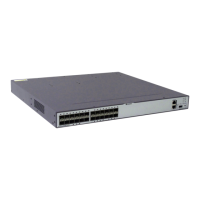Table 4-2 Default route advertising mode
Area
Type
Generated By Advertise
d By
LSA Type Floodi
ng
Area
Commo
n area
The default-route-advertise command ASBR Type 5 LSA Comm
on area
Stub
area
Automatically ABR Type 3 LSA Stub
area
NSSA The nssa[ default-route-advertise ]
command
ASBR Type 7 LSA NSSA
Totally
NSSA
Automatically ABR Type 3 LSA NSSA
Perform the following steps on the ASBR running OSPF.
Procedure
Step 1 Run:
system-view
The system view is displayed.
Step 2 Run:
ospf [ process-id ]
The OSPF process view is displayed.
Step 3 Run:
default-route-advertise [ [ always | permit-calculate-other ] | cost cost | type
type | route-policy route-policy-name ]
*
The default route is imported into the OSPF process.
To configure the parameter cost to specify the default cost of Type-3 summary LSAs, enable
VPN first.
Before advertising a default route, OSPF compares the preferences of default routes. Therefore,
if a static default route is configured on an OSPF device, to add the default route advertised by
OSPF to the current routing table, ensure that the preference of the configured static default route
is lower than that of the default route advertised by OSPF.
For details about how to configure the default route in the NSSA, see Configuring an NSSA.
----End
4.6.4 Configuring Route Summarization
When a large-scale OSPF network is deployed, you can configure route summarization to reduce
routing entries. Otherwise, a large number of routing entries are generated and consume system
resources unexpectedly.
S6700 Series Ethernet Switches
Configuration Guide - IP Routing 4 OSPF Configuration
Issue 01 (2012-03-15) Huawei Proprietary and Confidential
Copyright © Huawei Technologies Co., Ltd.
111

